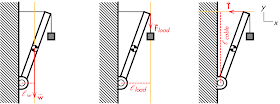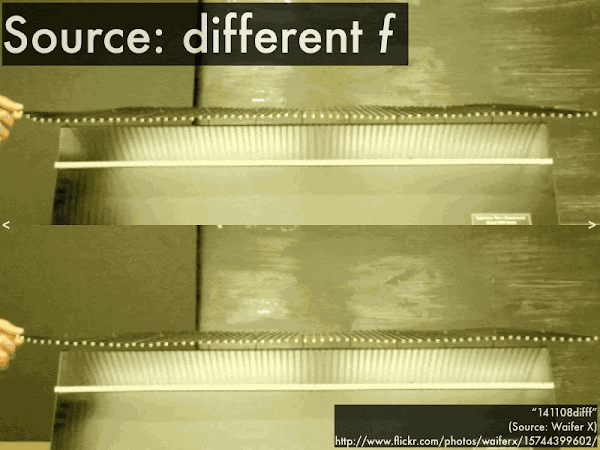Cuesta College, San Luis Obispo, CA
Students are assigned to read online articles on current astronomy events, and take a short current events quiz during the first 10 minutes of lab. (This motivates students to show up promptly to lab, as the time cut-off for the quiz is strictly enforced!)
News release, "Gravitational Waves from Merging Supermassive Black Holes Will Be Spotted within 10 Years, New Study Predicts" (November 13, 2017)Computer simulations predict that gravitational waves from merging supermassive black holes could be detected by monitoring variations in:
simonsfoundation.org/2017/11/13/gravitational-waves-supermassive-black-hole-merger/
(A) matter-antimatter production.
(B) dark matter densities.
(C) pulsar times.
(D) radioactive decay rates.
(E) type II supernova brightnesses.
Correct answer: (C)
Student responses
Sections 70178, 70186
(A) : 3 students
(B) : 6 students
(C) : 29 students
(D) : 4 students
(E) : 1 student




























